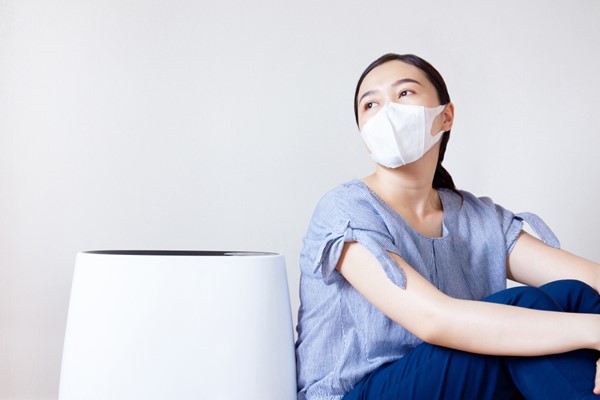
There’s no doubt about it, increasingly Americans deal with allergies and allergic reactions that threaten their health, peace of mind, and even their lives. The rate of increase in allergies for children is over 50 percent from 1977 through 2018, and now 1 in 13 children in the United States suffer from allergies.
Roughly 90 percent of the allergic reactions in children come from eight specific foods - eggs, milk, tree nuts, peanuts, soy, wheat, fish, and shell-fish - and require more than a quarter million emergency visit each year.
Add to that increases in pollen and other allergen counts, and you might find that your home is a veritable war zone for those at risk of anaphylaxis. For others, it may just be the constant irritation of the sniffles or post-nasal drip.
What can you do to reduce the allergen load in your home?
Allergen reducing strategies
When you’re house shopping, make sure your agent knows about your allergy issues. Some homes work better than others when you’re dealing with allergies and other health issues. Your real estate professional can local the perfect home for you and your family.

Linda Costanzo is a Real Estate sales professional with several years experience. Linda prides her business on a loyal client base of referrals..."I devote myself to serving the needs of my clients before, during and after each transaction." Linda is a responsible, organized and motivated individual. She will make your real estate experience enjoyable while ensuring that your every need is met. Whether you're buying, selling or just have real estate questions, Linda will be there to guide you through the process. Linda currently resides in Boston and specializes in...